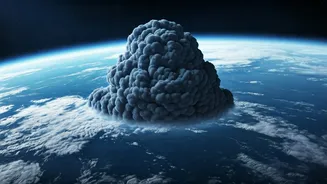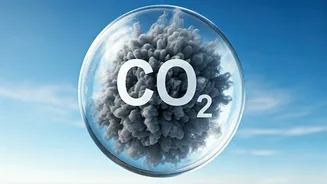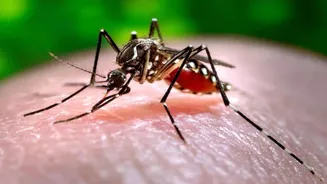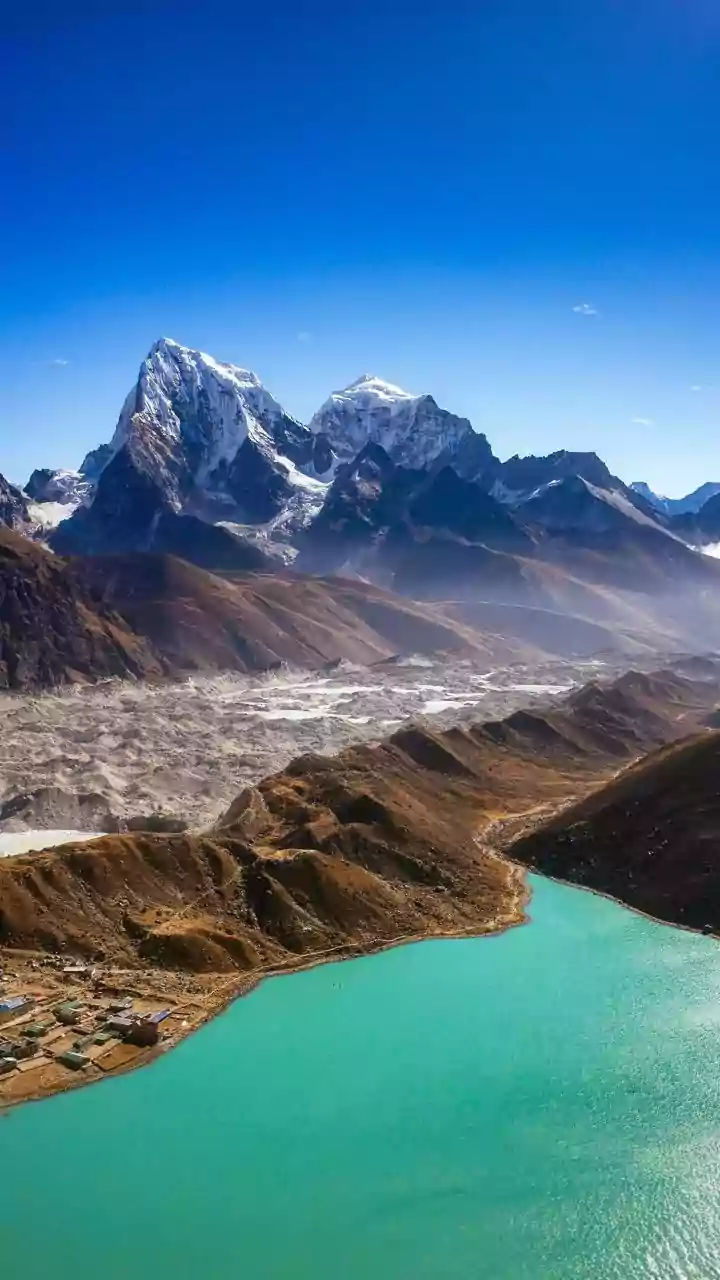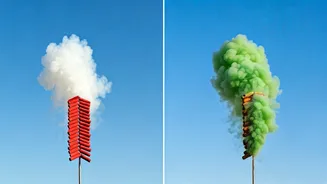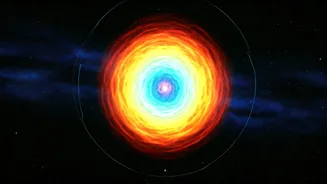Record CO2 Levels
Recent findings indicate a significant increase in atmospheric carbon dioxide (CO2) concentrations, now reaching 424 parts per million (PPM). This measurement
represents a notable jump and signifies the largest yearly increase ever recorded. This surge in CO2 levels points to a worsening environmental situation and heightened concerns among scientists and environmental experts. The continuous rise in CO2 is a fundamental driver of global warming and climate change, leading to more frequent and intense weather patterns globally. The 424 PPM level is the result of human activities, primarily the combustion of fossil fuels, deforestation, and industrial processes, that releases significant amounts of CO2 into the atmosphere. Continued observation and detailed analysis will be essential to track these levels and understand their far-reaching impacts on the Earth's ecosystem.
Historical Perspective
The increase in atmospheric CO2 levels is not a sudden event, but rather part of a longer-term trend. The current measurements are compared against historical data, which reveals a steady increase over the decades, most notably since the beginning of the Industrial Revolution. Before this period, the levels of CO2 remained relatively stable. Monitoring stations across the globe consistently track these levels, with data collected from ice core samples offering a record dating back thousands of years. This allows scientists to establish benchmarks and track the evolution of CO2 concentrations. The comparison of past and present levels reveals a clear upward trajectory, highlighting the acceleration of human-induced changes to the environment and the need for significant efforts to reduce these levels.
Impact and Consequences
The increase in CO2 levels is associated with several adverse environmental consequences. A primary effect is the enhanced greenhouse effect, where the extra CO2 traps more heat in the Earth’s atmosphere, causing a rise in global average temperatures. This warming trend then has severe impacts on the global climate system. Changes include melting glaciers and ice sheets, contributing to rising sea levels. More extreme weather events, such as heatwaves, droughts, and severe storms, are likely to become more frequent and potent. These climate-driven changes significantly threaten ecosystems, from coral reefs to forests, which puts vulnerable species at risk. Human societies face challenges related to increased coastal flooding, reduced agricultural yields, and displacement due to climate-related events, necessitating immediate actions to adapt and mitigate these impacts.
Addressing the Crisis
Addressing the increase in atmospheric CO2 concentrations requires a global, collaborative approach. The mitigation strategies involve a range of actions aimed at reducing emissions. The transition to renewable energy sources, such as solar and wind power, is crucial to replacing the use of fossil fuels. Enhancing energy efficiency in all sectors, including industry, transportation, and buildings, can help cut overall energy demand. Protecting and restoring forests, along with other ecosystems that absorb CO2, offers natural carbon sinks. International agreements, along with the development of new technologies for carbon capture and storage, are critical to fostering collective action and generating innovative solutions. These efforts need to be scaled up urgently to stabilize CO2 levels and minimize the impacts of climate change.
